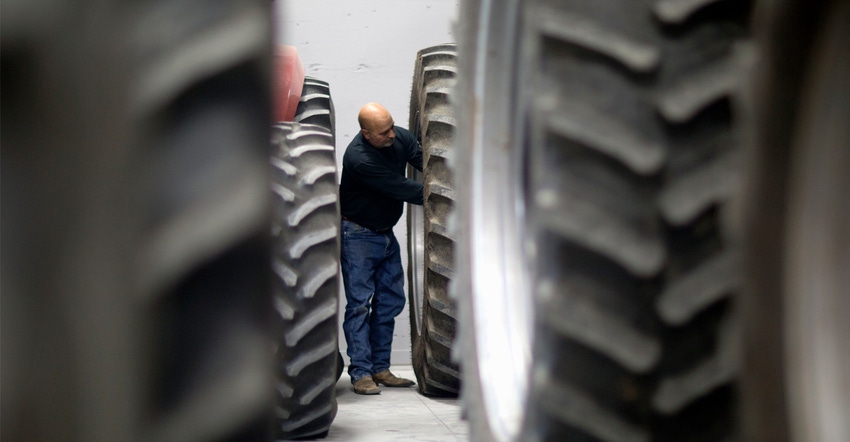October 13, 2021

Producers and farmers hear to “Be safe!” or “Think twice!” all the time during busy seasons. That can be easier said than done when running on less sleep and high stress during harvest season. In 2017 alone, U.S. Census numbers reported that 416 farmers or farm workers died from a work-related injury. Transportation incidents were the leading cause of death, according to the Centers for Disease Control and Prevention. In addition, every day about 100 agriculture workers suffer a lost-time injury. Here are a few tips and reminders for this season:
Roadway travel. To put it in perspective, if a vehicle travels at 65 mph, and a combine is a half-mile ahead of it traveling at 15 mph in the same direction, it would take 36 seconds for your vehicle to meet the combine. Cutting the distance to a quarter-mile, it’s only 18 seconds. With all the potential distractions drivers face today, one can see how an accident like this could occur.
In order to keep everyone safe, farmers should take the following actions:
Avoid traveling after sunset and during heavier traffic.
Be sure safety lights work and placards are visible.
If parking on roadways is unavoidable, use proper safety lights.
In muddy conditions, clean tires and equipment to avoid leaving mud on road.
Transport combine heads separately from the combine when moving on a roadway.
Avoid driving distractions, such as cellphones.
And drivers of cars and trucks can do their part to keep everyone safe:
Be patient. Harvest occurs during a short period of the year; large equipment operators often pull over when able to allow cars to pass.
Leave as much room as possible when meeting large equipment on the road. If the shoulders are good, do not be afraid to slow down and use them.
When passing machinery, double check for oncoming traffic, slow down and look for turn signals if the equipment has them.
Avoid tailgating; it is impossible to know when a sudden stop may be necessary.
Grain handling. Many producers will be hauling and storing grain this fall. In 2020, the United States reported 35 grain entrapments, seven falls into or from grain storage structures, four asphyxiations, and 12 equipment entanglements while working around confined ag-related spaces. Here are a few safety precautions to think about:
Be aware of entanglement and engulfment.
Lock and tag out unloading equipment before entering bins or doing maintenance.
Wear a lifeline or safety harness before entering bins. A body harness is best, as it spreads the force of a fall or a tug of the rope across a larger area of the body.
Never work alone in a bin; have someone watching outside the bin that can contact you and call for help.
Electrical and fire. To help prevent fires or accidents from electrical lines, follow these tips:
Lower augers, ladders, etc., to avoid hitting any electrical lines.
Limit all ignition sources and perform maintenance regularly on machinery.
Check bins for grain condition and heating during storage periods.
Falls. Follow these guidelines to help prevent falls and other accidents on the farm:
Use the 3-4-1 triangle for ladders. Extend the ladder 3 feet above the structure for every 4 feet of height, and place the ladder 1 foot away from the structure.
Improve bin ladders by adding a cage; raise the bottom of the ladder so that children cannot reach the bottom rung. Add handrails at the end of the ladder (for easy transition to the roof) and guardrails along the roof ladder if possible.
Rather than relying on rope, chain or pipe ladders, use an attached interior ladder. It helps to paint the ladder or wall behind it a bright color to help detect its location in dusty conditions.
Source: South Dakota State University Extension is solely responsible for the information provided and is wholly owned by the source. Informa Business Media and all its subsidiaries are not responsible for any of the content contained in this information asset.
You May Also Like




